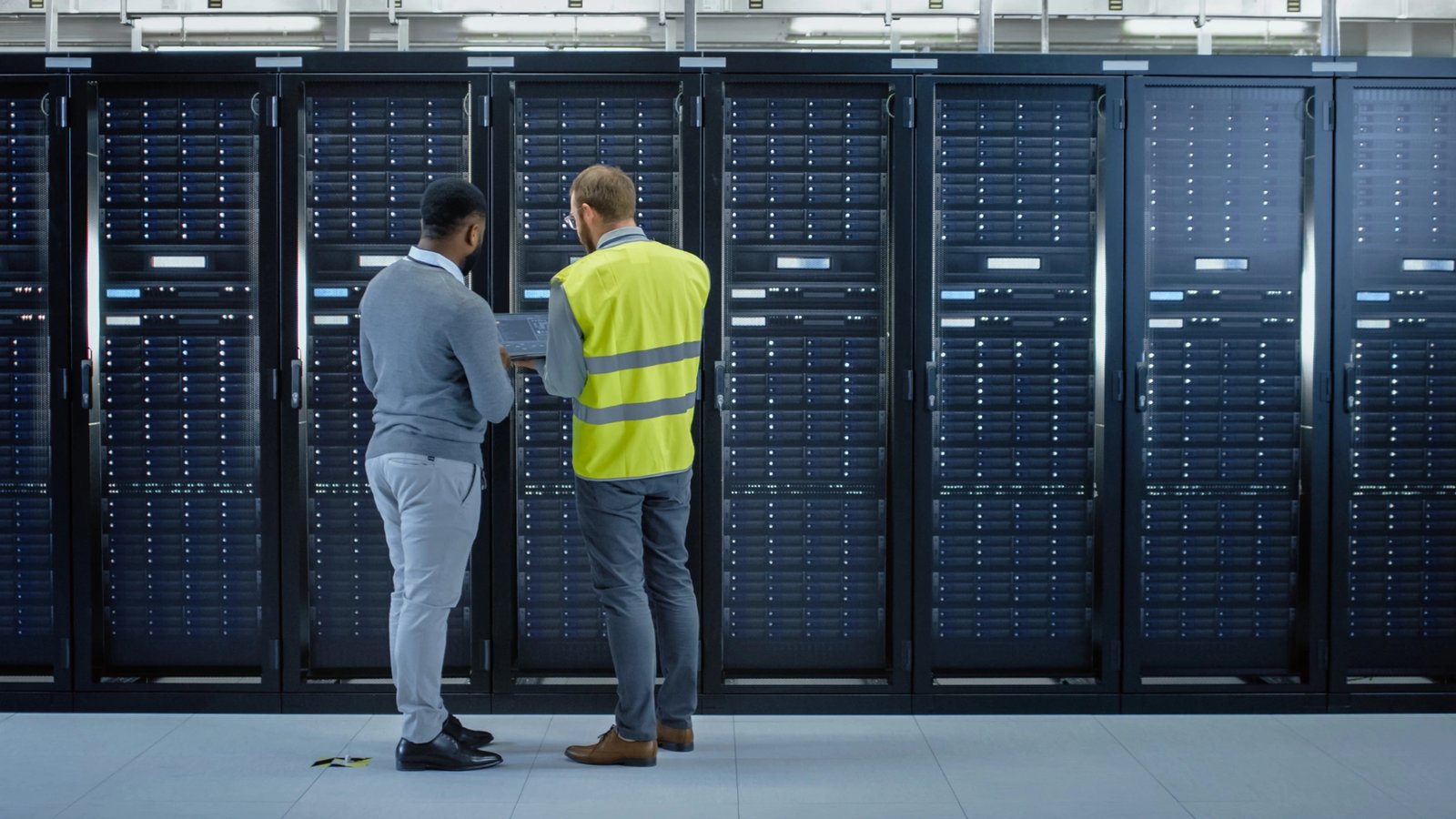Cloud data centers are the backbone of modern enterprises, handling vast amounts of data and workloads. However, managing them efficiently is becoming increasingly complex. Enter Artificial Intelligence (AI)—a game-changer that automates operations, optimizes performance, and enhances security.
If you’re looking to integrate AI into your cloud data center management but don’t know where to begin, this guide will walk you through the essential steps, best practices, and real-world benefits.
Why AI is a Must-Have for Cloud Data Center Management
Before diving into implementation, it’s crucial to understand why AI is transforming data center management:
✅ Predictive Maintenance – AI analyzes hardware performance to predict failures before they happen.
✅ Energy Efficiency – Machine learning optimizes cooling and power usage, reducing costs.
✅ Security Enhancements – AI detects anomalies and potential cyber threats in real time.
✅ Automated Workload Balancing – Ensures optimal resource allocation without manual intervention.
✅ Cost Reduction – Minimizes downtime and operational inefficiencies.
With these advantages, AI isn’t just an option—it’s a necessity for future-proofing data centers.
Step 1: Assess Your Current Data Center Infrastructure
Before integrating AI, evaluate your existing setup:
🔹 Hardware & Software Compatibility – Does your infrastructure support AI-driven tools?
🔹 Data Availability – AI needs vast datasets for training models. Is your data accessible and clean?
🔹 Cloud vs. On-Premise – Most AI solutions are cloud-native. Are you ready to migrate or adopt hybrid models?
A thorough audit helps identify gaps and ensures smoother AI adoption.
Step 2: Choose the Right AI Solutions for Your Needs
Not all AI tools are created equal. Here are the top AI-driven solutions for cloud data center management:
A. AI-Powered Monitoring & Analytics
Tools like IBM Watson AIOps, Splunk, and Datadog use machine learning to monitor performance, detect anomalies, and provide actionable insights.
B. Predictive Maintenance with AI
Platforms like Google Cloud’s AI Platform and Azure Machine Learning analyze historical data to predict hardware failures.
C. AI for Energy Optimization
Solutions like Schneider Electric’s EcoStruxure and NVIDIA’s AI-powered cooling systems reduce energy consumption by up to 40%.
D. Autonomous Security with AI
Darktrace, Palo Alto Networks, and AWS GuardDuty leverage AI to detect and neutralize cyber threats in real time.
Select tools that align with your business goals and infrastructure.
Step 3: Implement AI Gradually—Start with a Pilot Project
Jumping straight into full-scale AI deployment can be risky. Instead:
🚀 Begin with a single use case (e.g., predictive maintenance or workload optimization).
🚀 Test on a non-critical workload to minimize risks.
🚀 Measure KPIs (e.g., reduced downtime, energy savings) to validate success.
A phased approach ensures smooth integration and allows for adjustments.
Step 4: Train Your Team (Or Hire AI Experts)
AI is only as good as the people managing it. Invest in:
🎯 Upskilling IT staff on AI and machine learning basics.
🎯 Hiring AI specialists if in-house expertise is lacking.
🎯 Partnering with AI vendors for continuous support.
A well-trained team maximizes AI’s potential.
Step 5: Continuously Optimize & Scale AI Deployment
AI isn’t a “set it and forget it” solution. To stay ahead:
📊 Monitor AI performance and fine-tune algorithms.
🔄 Update datasets regularly for accuracy.
⚡ Scale AI applications across more data center functions.
Continuous improvement ensures long-term success.
Real-World Success Stories
Case Study 1: Google’s AI-Powered Cooling
Google reduced its data center cooling energy consumption by 40% using DeepMind’s AI algorithms.
Case Study 2: Microsoft’s Predictive Maintenance
Microsoft Azure’s AI predicts server failures with 99% accuracy, minimizing downtime.
These examples prove that AI delivers tangible, measurable benefits.
Challenges & How to Overcome Them
⚠ Data Privacy Concerns → Use federated learning to train AI without exposing sensitive data.
⚠ High Initial Costs → Start small, then expand as ROI becomes evident.
⚠ Integration Complexity → Work with AI vendors for seamless deployment.
Understanding these hurdles prepares you for a smoother AI journey.
Final Thoughts: The Future of AI in Cloud Data Centers
AI is revolutionizing cloud data center management—boosting efficiency, cutting costs, and enhancing security. By following a structured approach (assessment, tool selection, pilot testing, team training, and scaling), businesses can harness AI’s full potential.
The future? Fully autonomous, self-healing data centers powered by AI. The question isn’t if you should adopt AI—it’s how soon you can start.
